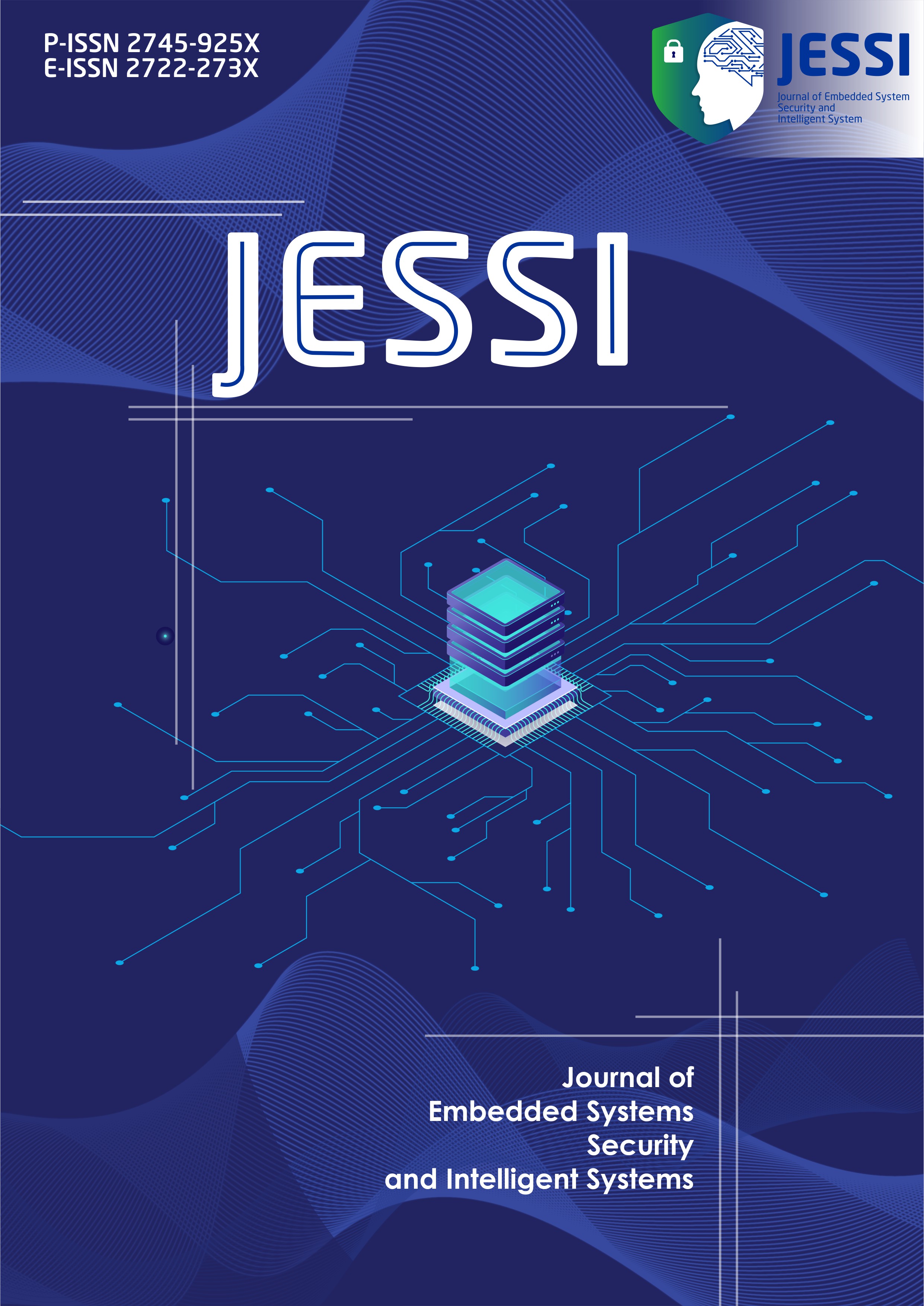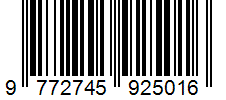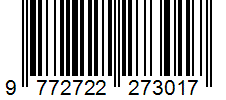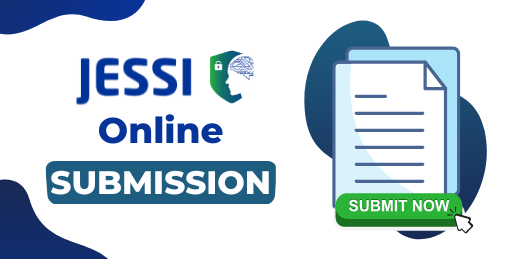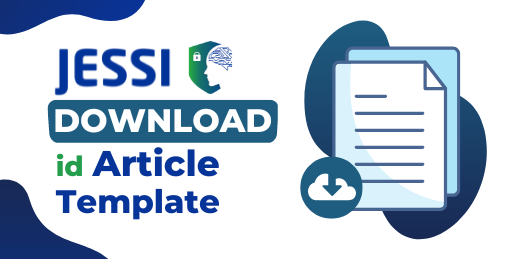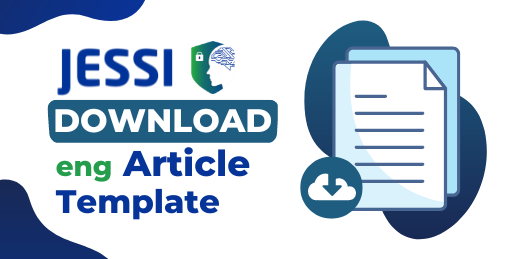Mama Loundry: Optimizing Mobile Based Administration Processes for Laundry Businesses
Abstract
The laundry application is a mobile application that acts as a service provider resource to its customers. This application is a mobile application and therefore it was developed to facilitate the handling of user problems that are often faced by system administrators, such as: facilitating administrative processes via a smartphone without using a computer because we know that computers are relatively very expensive and consume a lot of electricity. This application is equipped with functions such as order management, customer management and order history. The method used is the SDLC model prototyping method used to quickly gather specific information about user information requirements.
Keywords: laundry, app, mobile, android studio, java
Downloads
References
S. Alam, M. Yunus, and Irmah, “INFORMASI JASA LAUNDRY BERBASIS WEB,” J. Sintaks Log., vol. 1, no. 1, pp. 18–25, Jan. 2021, doi: 10.31850/jsilog.v1i1.682.
R. M. Winarto, A. Setiawan, and D. H. Setiabudi, “Aplikasi Laundry Nalendra berbasis Android”.
B. Mulyadi, Jaroji, and A. T, “Aplikasi Sistem Pemesanan Jasa Laundry (E-Laundry) Berbasis Android,” ZONAsi J. Sist. Inf., vol. 1, no. 1, pp. 48–57, Mar. 2019, doi: 10.31849/zn.v1i1.2386.
A. A. A. Makiolor, A. Sinsuw, and X. B.N. Najoan, “Rancang Bangun Pencarian Rumah Sakit, Puskesmas dan Dokter Praktek Terdekat di Wilayah Manado Berbasis Android,” J. Tek. Inform., vol. 10, no. 1, Jun. 2017, doi: 10.35793/jti.10.1.2017.16552.
G. R. Payara and R. Tanone, “Penerapan Firebase Realtime Database Pada Prototype Aplikasi Pemesanan Makanan Berbasis Android,” vol. 4, 2018.
A. F. Ali, “RANCANG BANGUN APLIKASI PENJUALAN BARANG BERBASIS JAVA PROGRAMMING,” vol. 2, no. 1.
M. Irsan, “RANCANG BANGUN APLIKASI MOBILE NOTIFIKASI BERBASIS ANDROID UNTUK MENDUKUNG KINERJA DI INSTANSI PEMERINTAHAN”.
T. Wahyuningrum, “Implementasi XML Encryption (XML Enc) Menggunakan Java,” J. INFOTEL - Inform. Telekomun. Elektron., vol. 4, no. 1, p. 17, May 2012, doi: 10.20895/infotel.v4i1.98.
E. Susanto, T. H. Utami, and D. Hermanto, “Sistem Informasi Pemesanan Laundry Berbasis Android Di Kota Palembang,” JATISI J. Tek. Inform. Dan Sist. Inf., vol. 5, no. 2, pp. 158–168, Mar. 2019, doi: 10.35957/jatisi.v5i2.144.
T. B. Kurniawan, “PERANCANGAN SISTEM APLIKASI PEMESANAN MAKANAN DAN MINUMAN PADA CAFETARIA NO CAFFE DI TANJUNG BALAI KARIMUN MENGGUNAKAN BAHASA PEMOGRAMAN PHP DAN MYSQL,” vol. 1, no. 2, 2020.
Y. Firmansyah, R. Maulana, and M. S. Maulana, “Implementasi Metode SDLC Prototype Pada Sistem Informasi Indeks Kepuasan Masyarakat (IKM) Berbasis Website Studi Kasus Dinas Kependudukan Dan Catatan Sipil,” J. Sist. Dan Teknol. Inf. Justin, vol. 9, no. 3, p. 315, Aug. 2021, doi: 10.26418/justin.v9i3.46964.
M. S. Robbi and Y. Yulianti, “Perancangan Aplikasi E-Learning Berbasis Web dengan Model Prototype pada SMPN 7 Kota Tangerang Selatan,” J. Teknol. Sist. Inf. Dan Apl., vol. 2, no. 4, p. 148, Oct. 2019, doi: 10.32493/jtsi.v2i4.3768.
U. Simalango, A. Huda, and N. Dwiyani, “RANCANG BANGUN APLIKASI MULTIMEDIA INTERAKTIF MOBILE LEARNING,” Voteteknika Vocat. Tek. Elektron. Dan Inform., vol. 6, no. 2, p. 44, Nov. 2018, doi: 10.24036/voteteknika.v6i2.101986.
A. Bahrudin, P. Permata, and J. Jupriyadi, “OPTIMASI ARSIP PENYIMPANAN DOKUMEN FOTO MENGGUNAKAN ALGORITMA KOMPRESI DEFLATE (STUDI KASUS :STUDIO MUEZZART),” J. Ilm. Infrastruktur Teknol. Inf., vol. 1, no. 2, pp. 14–18, Dec. 2020, doi: 10.33365/jiiti.v1i2.582.
Downloads
Published
How to Cite
Issue
Section
License
Copyright (c) 2023 Journal of Embedded Systems, Security and Intelligent Systems

This work is licensed under a Creative Commons Attribution-ShareAlike 4.0 International License.

